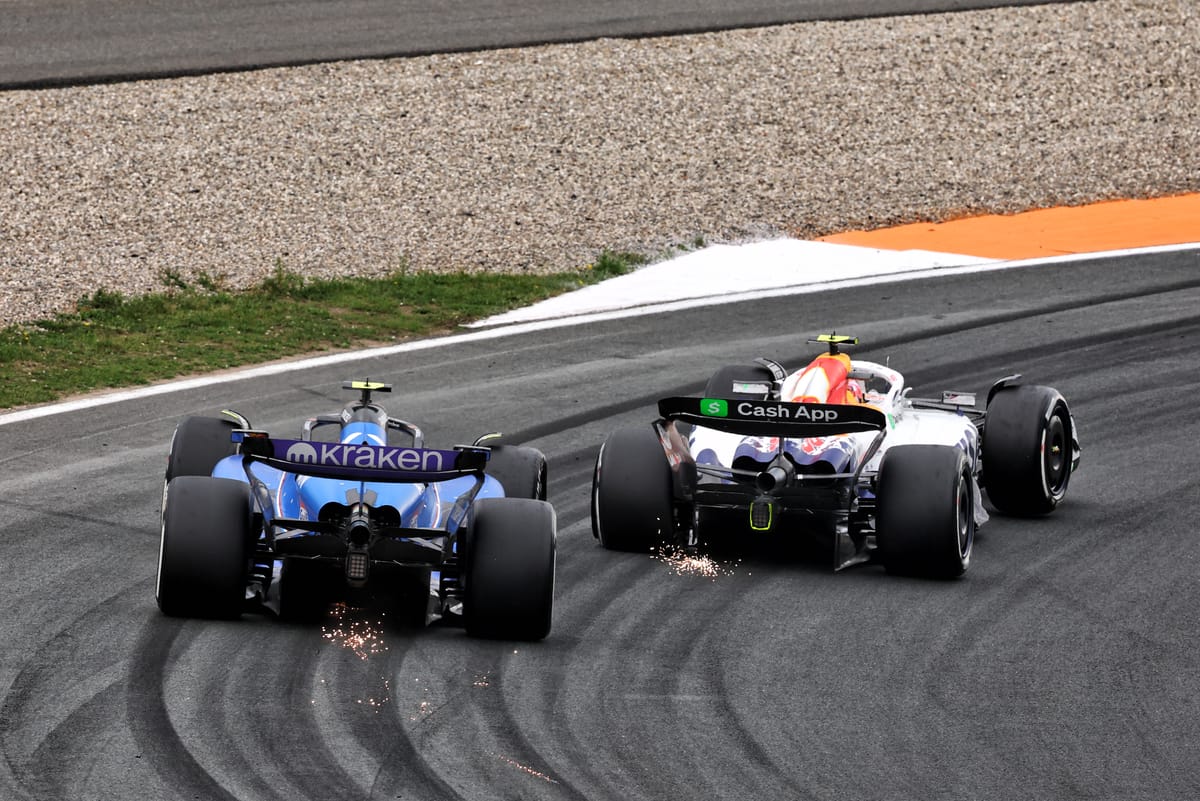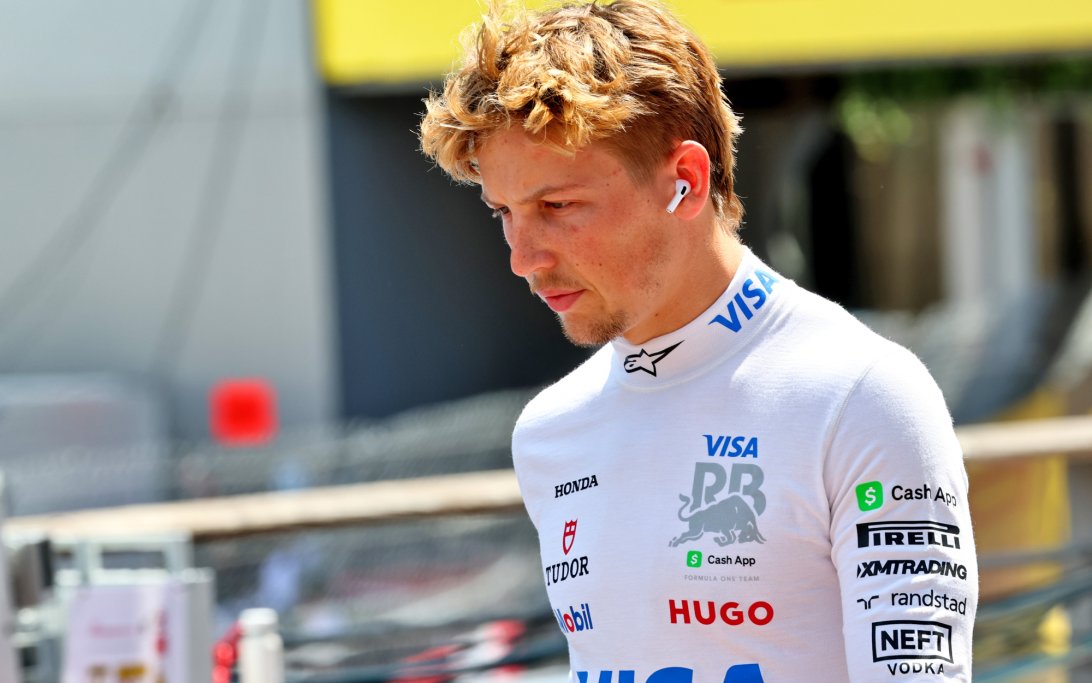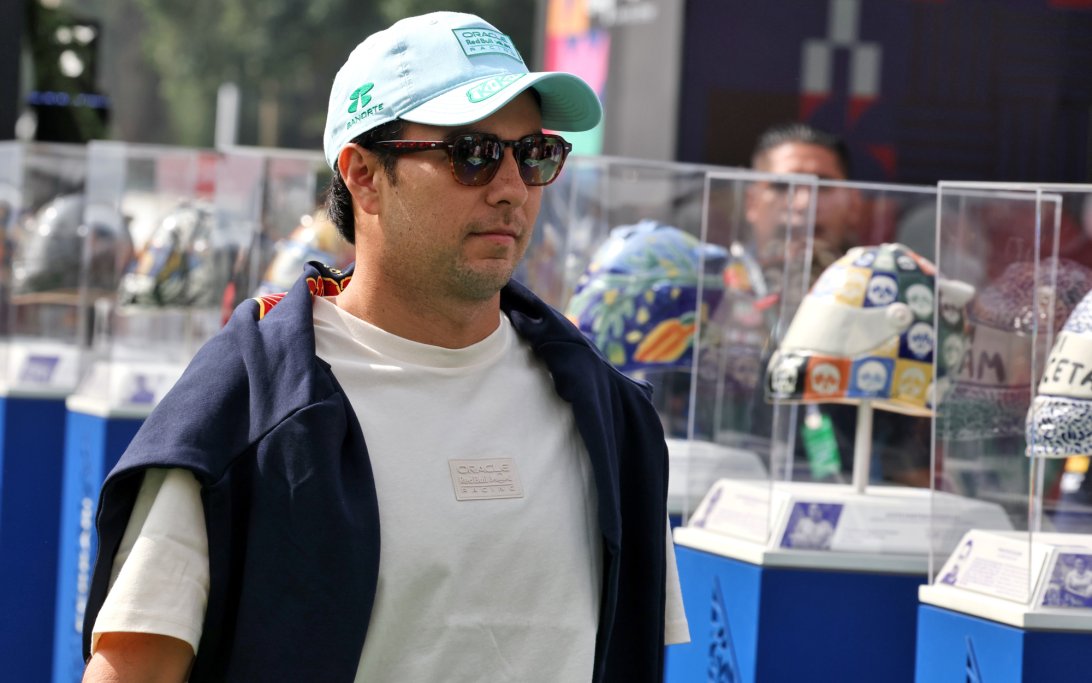
FIA's Sainz Penalty Reversal Clarifies F1 Driving Rules and Stewarding
The FIA's unprecedented admission of error in penalizing Carlos Sainz for his clash with Liam Lawson at the Dutch Grand Prix holds significant implications beyond just scrubbing two penalty points from Sainz's license. Williams's successful "Right of Review" not only exonerated Sainz but also reignited crucial debates within Formula 1 regarding stewarding decisions and the underlying framework of racing rules. This reversal offers much-needed clarity on racing boundaries and a renewed focus on the consistency and timing of regulatory judgments.
Why it Matters
The initial penalty against Sainz had caused widespread confusion among drivers, raising concerns that a precedent for unfair disadvantage to outside racers might be set. This fear was rooted in the potential for inside drivers to aggressively defend, ensuring their rivals on the outside wouldn't reach the apex first, then intentionally slide wide to force contact and earn a penalty for their opponent. The FIA's U-turn reassures drivers that such aggressive tactics won't be condoned, upholding the spirit of fair racing.
The Controversy
Carlos Sainz was left incredulous after receiving a 10-second penalty and licence points for the incident with Lawson. While he accepted that current F1 Driver Guidelines meant he had no right to racing room if his front axle wasn't alongside Lawson's by the apex, he felt there was a significant leap from this being a "racing incident" to him, the outside driver, being penalized. Sainz, also a GPDA director, called the decision "unacceptable" and vowed to raise the issue. Alex Albon echoed these concerns, stating that the rulebook seemed to grant too much power to the inside driver, creating "strange penalties" by neglecting the natural "give and take" of racing.
The Reversal and Clarified Guidelines
The stewards' decision to classify the Sainz/Lawson collision as a racing incident stemmed from new onboard footage provided during the Right of Review, which revealed additional evidence. This footage highlighted Lawson's momentary snap of oversteer mid-corner, which altered his trajectory and meant he was not entirely blameless.
The FIA's statement following the review clarified:
- Lawson's momentary loss of control was a contributing factor.
- No driver was "wholly or predominantly to blame."
- While Sainz "contributed to the incident by taking the risk to drive close to, and on the outside of, car 30 when car 55 had no right to room there," the incident was re-evaluated.
This revised assessment provides a clearer understanding for drivers:
- Inside drivers have a right to racing room only if they maintain full control of their car.
- Outside drivers are not automatically required to yield immediately if beaten to the apex but must be prepared to avoid collision if they are in a position where they "have no right to room."
What's Next for Driver Guidelines
The vindication of Sainz brings solace to drivers, aligning the interpretation of guidelines with their prior understanding. However, the incidents at Zandvoort and Monza (Sainz's clash with Ollie Bearman) reveal lingering grey areas not fully addressed by current guidelines. The FIA acknowledges these as "living and breathing" documents and is open to discussions and necessary changes with drivers. While immediate revisions are possible for critical grey areas, a more detailed meeting between drivers and the FIA is scheduled for the Qatar Grand Prix. This meeting will review the season's decisions, debate their validity, and propose revisions to the guidelines for the 2026 season.
The Timing Dilemma in Stewarding
The Dutch GP affair also thrusts the timing of stewarding decisions into the spotlight. The crucial onboard footage that exonerated Sainz — from his 360-degree camera and Lawson's rear-facing camera — only became available post-race, after memory cards were downloaded. The initial penalty, however, was issued during the race.
This raises a fundamental question: Should stewards delay decisions until all evidence is available, even if it means post-race rulings, or prioritize quick, in-race judgments despite potential evidentiary gaps? Both approaches have proponents. Ferrari team principal Fred Vasseur believes in-race penalties are preferable, especially for podium implications, despite acknowledging the benefits of thorough post-race reviews. F1 faces a clear compromise: swift decisions with a risk of error, or delayed decisions ensuring all angles are covered. The series must decide which balance best serves the sport.
Original Article :https://www.the-race.com/formula-1/what-fias-penalty-u-turn-means-f1-drivers/









